Huawei unveils the Mate 10 and Mate 10 Pro: putting the "smart" back in "smartphone"
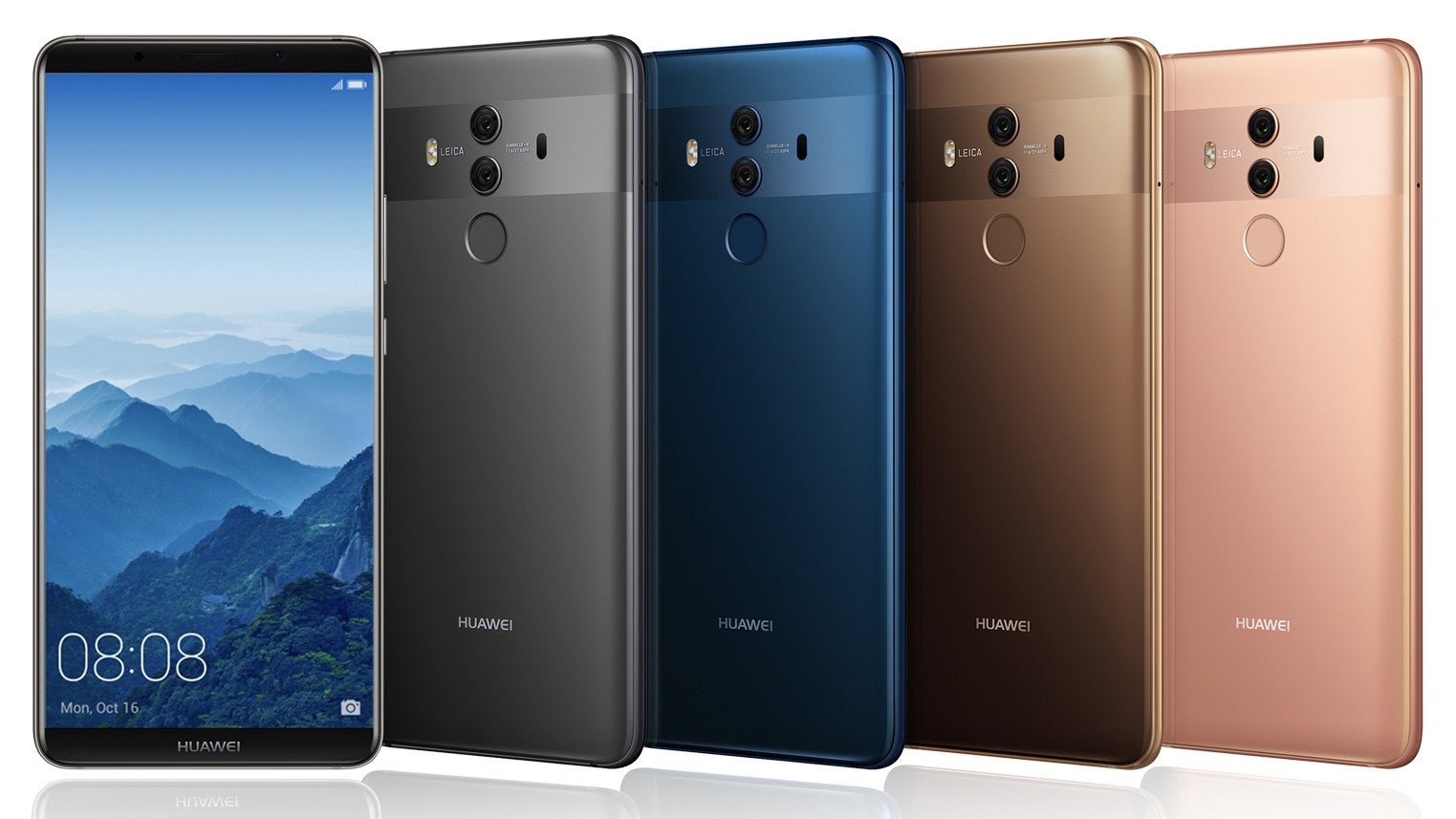
But unlike previous entries in the Mate series, the newly-announced Mate 10 series marks what looks like the beginning of a new era for the Chinese giant's products. In fact, the series' marketing boldly proclaims that "this is not a smartphone," thanks to the brand-new Kirin 970 chipset's inclusion of a neural processing unit (or NPU for short). In short, this means the device's software will use machine learning to adapt to users' behavior and surroundings.
And just like it did with last year's Mate 9 series, Huawei unveiled two "main" flagships sharing the Mate 10 moniker — the more conventional Huawei Mate 10, and taller taller and slimmer Mate 10 Pro. Alongside them, there will also be a Mate 10 Porsche Design (which is just the Pro with a slightly different design) and a Mate 10 Lite, but those two are beyond the scope of the article.
Tall display, but only if you want it

The Mate 10 (left) and Mate 10 Pro (right)
When it comes to looks, the Mate 10 and the Mate 10 Pro are actually extremely similar. The Mate 10 is the thicker and shorter of the two siblings, with a 5.9-inch, 2,560 x 1,440 screen with a conventional 16:9 aspect ratio. The Pro, on the the hand, goes for a 6-inch, "FullView" OLED display with an 18:9 aspect ratio and a resolution of 2160 x 1080 pixels. Also notable is that both of the devices' displays support the HDR10 standard.
Below the display you'll find one of two things: a pill-shaped fingerprint scanner if you're using the Mate 10, or the Huawei logo if you've opted for the Pro. But don't worry, the latter has a scanner as well, but one that's placed on the back, below the camera module.
And speaking of the back, that's where the design of the duo shines the most. The first thing users will notice is definitely the so-called "signature stripe," inside which you'll find the dual cameras. Unlike last year's Mate 9, the two camera lenses are not in a dedicated module, but jut out from the back panel on their own. And the panel itself is quite interesting, with a stylish-looking curved glass design.
The wider Mate 10 also has a couple of features its Pro sibling lacks: a top-mounted 3.5 mm headphone jack and a MicroSD card slot. While Huawei hasn't shared the reasoning behind this decision, we imagine space constraints had a role to play, since wider aspect ratios offer a larger surface area.
Dual cameras made smart
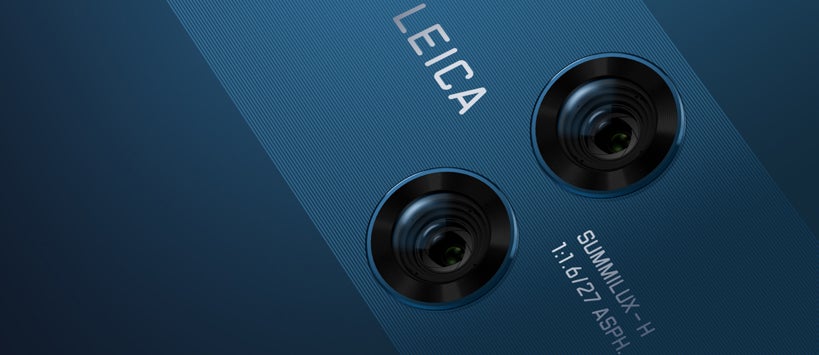
In classic Huawei fashion, the Mate 10 duo once again features a dual rear-facing camera module. And just like the P10, the configuration consists of a 12 MP color sensor and a 20 MP monochrome one, with only the color sensor featuring optical stabilization. Also present is the Huawei's classic four-in-one hybrid focus, which uses a combination of laser focusing, phase detection, depth focus and contrast focus to get the fastest possible result.
What's new is that, just like with the LG V30, the camera has an f/1.6 aperture, the lowest aperture smartphones can offer at the moment. And at least on paper this should mean higher light sensitivity and thus better low-light performance — but we'll have to test that out for ourselves, of course.
Here you'll also find one of the first uses of that fancy Kirin 970 NPU — the phones will use machine learning to help users take a better picture using automatic object recognition. In practice, detecting something like food or flowers for example, will adjust the colors according to one of several built-in presets.
As for the front-facing camera, don't expect anything particularly flashy: it's pretty much your standard, 8 MP selfie shooter, though it isn't yet clear whether it will also make use of the phone's machine learning algorithms.
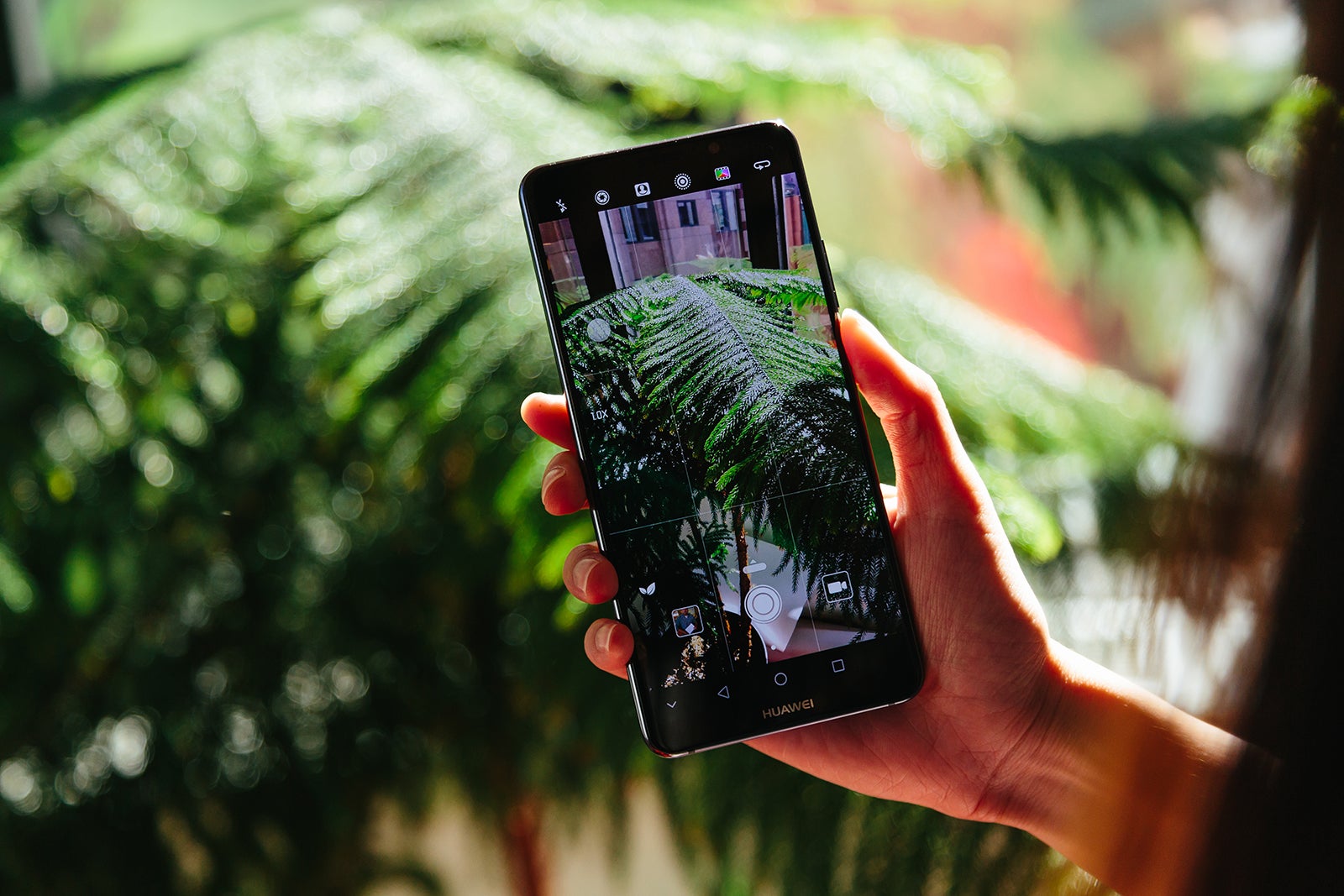
Powerful new chipset, huge battery
But the differences between the Mate 10 and Mate 10 Pro aren't only on the outside. While both devices will be powered by the shiny new Kirin 970 SoC and will be offered in a version with 4 GB of RAM and 64 GB of storage, the Pro will also get another variant, which will be bumped up to 6 gigs of RAM and 128 GB of storage.
Also, only the Pro model will have an LTE Cat. 18 modem (as opposed to the Mate 10's Cat. 16 one), which uses 6CA (carrier aggregation) to deliver better download speeds. However, this is unlikely to affect users in the United States, where carriers only aggregate up to three channels, but it could prove to be useful as a future-proofing measure.
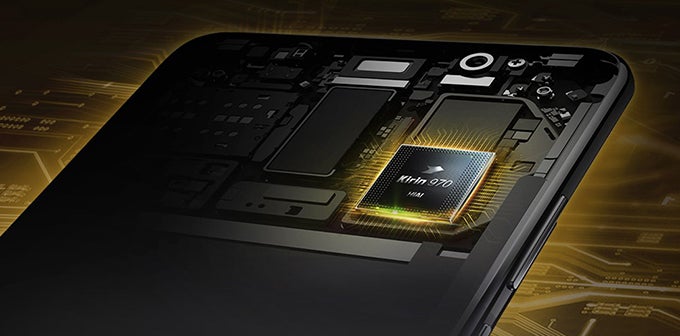
But the Mate 10 didn't exactly get the short end of the stick, since it's the only model to get an SD card expansion slot, as well as a 3.5 mm headphone jack, which evens out the playing field between the two models a fair bit.
And last but not least, both devices will ship with a massive 4,000 mAh battery, which is considerably more than other flagships of its caliber. Also, Huawei's fast charging solution promises a 30-minute charge will get the battery up to 58%. Notably missing is support for wireless charging, despite the shift towards glass for the devices' rear panels — hopefully this isn't a dealbreaker for many.
Software that adapts to you
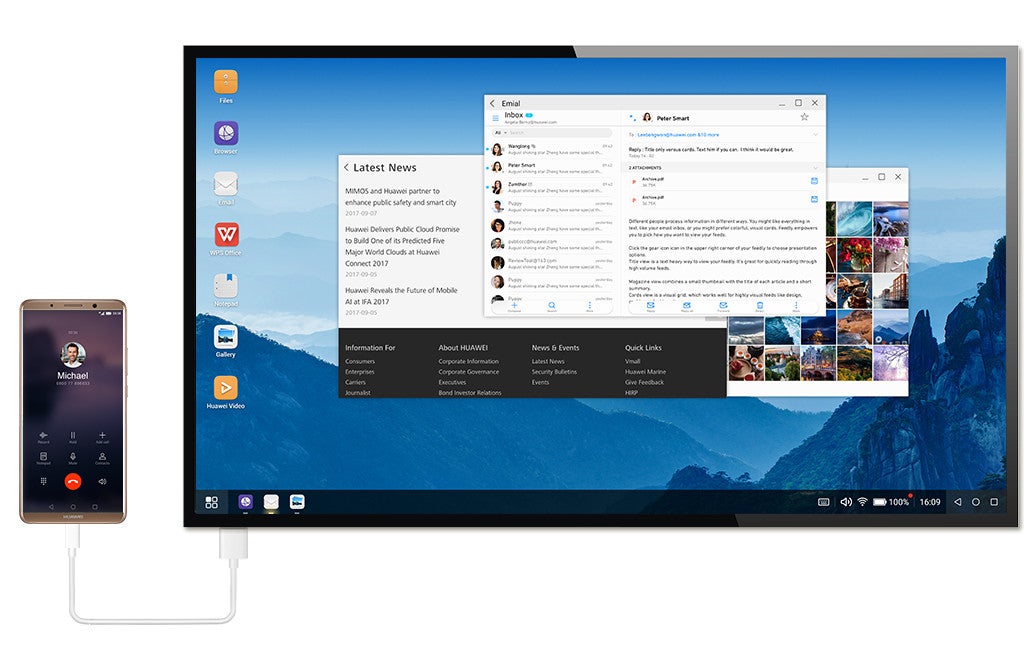
Easy Projection in action
With smartphones these days feeling ever more like just slightly different-looking versions of the same thing, Huawei seems to be trying to differentiate itself from competitors by breaking new ground in software. Thus, the Mate 10 series now tightly integrates the brand-new EMUI 8.0 with its own take on machine learning, as aided by the aforementioned Kirin 970 NPU.
So the improvements won't manifest in the camera app only — Huawei has several different scenarios where its software will use machine learning to aid the user. Examples include small but useful stuff like suggesting to dim the display while you're reading at night, or managing apps' battery consumption according to your usage patterns. However, the company makes sure to mention that there are "infinite possibilities," and hopes app developers will make further use of the new tech.
Another cool new feature is the so-called "Easy Projection," which can be summarized as being Samsung DeX but without the need for a dock. Or to put it simply, connecting the Mate 10 to a display using a USB-C to HDMI adapter will result in a desktop Android experience, with Huawei claiming most third-party apps will be supported.
And last but not least, enthusiasts will be happy to know EMUI 8.0 is based on the brand-new Android 8.0 Oreo, which also means it's one of the first devices to support Google's Project Treble.
Price and availability
The Mate 10 will be available for purchase from late October, and will cost €699. The Mate 10 Pro, on the other hand, will be released in mid-November, and will cost €799 for the 6 GB/128 GB variant. These are, of course, the prices for Europe only — U.S pricing and release dates will be announced at a later date.
And last but not least, both devices will be available in four color options: the Mate 10 will come in brown, pink gold, gold, and black, while the Mate 10 Pro will be available in brown, pink gold, grey, and blue.















Things that are NOT allowed: